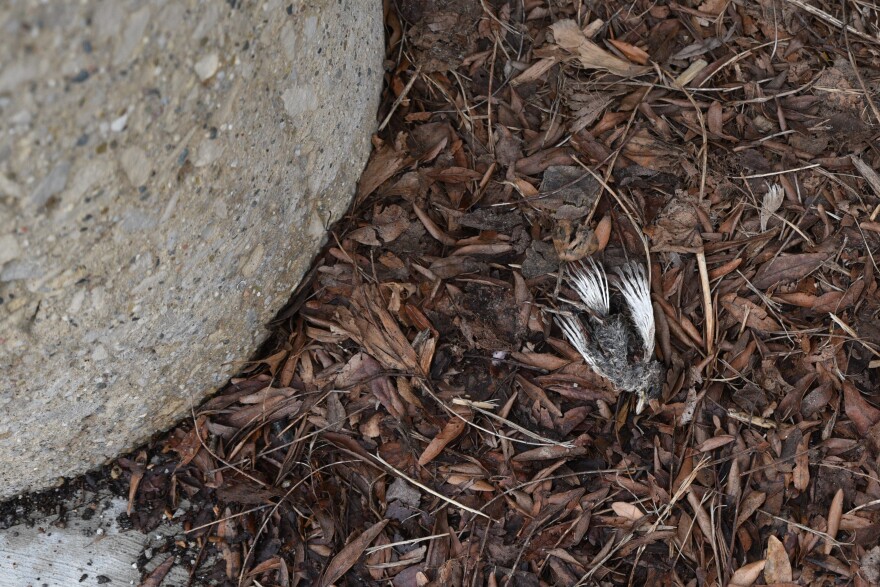Birds are beginning to migrate north. The Great Lakes flyway means a large number of those birds will be flying over Michigan. It also means at night birds will be crashing into buildings with lights on. Artificial light confuses them.

“And a city that produces a lot of artificial light at night from building and industry in a place with a lot of bird migration is going to have a high risk for bird mortality,” said Ben Winger, an assistant professor of ecology and evolutionary biology at the University of Michigan.
He says the website birdcast.info can help cities and building managers reduce the number of birds killed.
“Based on monitoring birds with radar, we can better predict when the really heavy migration routes are going to be. And so, turning lights off on specific nights could potentially reduce the mortality for a whole migratory season by quite a lot,” Winger said.
In a year, up to one billion birds die by crashing into buildings. Most of them die hitting buildings with lights on at night.






